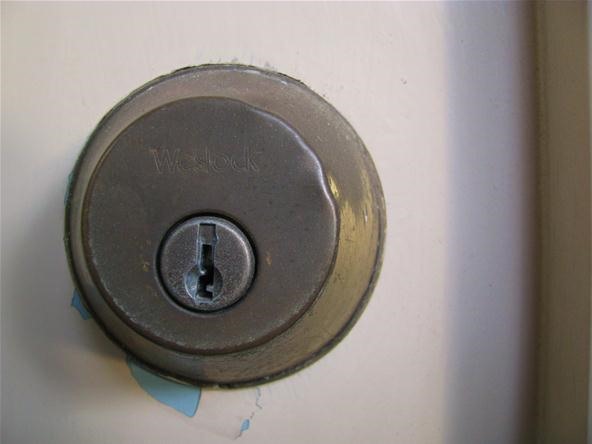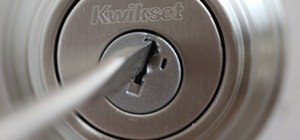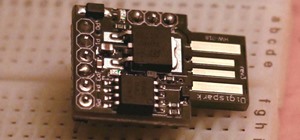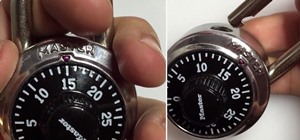Lock picking is defined by locksmiths as "the art of opening a lock without the key". There's many ways to accomplish this, but I'm specifically interested in using a lock pick set. Since locks vary in shapes and size, it's better to stick with just one kind of lock at first. Most locks are based on fairly similar concepts, so sharing methods across locks is possible.
For this article, we'll focus on deadbolts, which seem to be the standard when it comes to door locks. When activated, deadbolts lock by sliding a steel cylinder into a pre-made notch in the door frame, making the door secure.

Deadbolts use the standard cylindrical lock to do their bidding. And cylinder locks use a key that turns a plug, which turns the inside mechanism, causing the door to lock or unlock. If you turn the knob one way, the lock retracts the bolt and the door can be opened. Turn it the other way and the bolt will move into the door frame, preventing it from moving.
Today's Null Byte will show how to use a standard or improvised lock pick to open one of these deadbolts.
Requirements
- One of the following: lock pick, straightened paper clip, bobby pin, etc.
- Flat head screwdriver
- Practice lock
How It Works
Pin and tumbler deadbolts are designed using pin tumblers. The pins are split in precise locations, with each pair resting in a shaft running through the central cylinder plug. Springs are located inside the top of the shaft to push the tumblers down, so without a key, the tumblers stay down. With a key, they are elevated into their prime positions so the lock can turn.

When you insert a key, the series of notches in the key push the pins up to ground-in levels. An incorrect key would push the pins so that pins are still partly in the plug and partly in the housing, preventing the cylinder from turning. If it is correct, the pins will line up and the tumbler can move.
Picking the Lock
In concept, the lock picking process is quite simple, but it is a very difficult skill to master. While applying pressure on the lock's plug, you insert a pick into the keyhole and begin lifting the pins.
- Using your pick, lift each pin up to the level at which the top pin moves completely into the housing, as if pushed by the correct key.
- Apply torque with the tension wrench or screwdriver to the key-slit, as if you were turning the lock slightly. This will keep the pins held in the correct spot when they reach it, because the pins will get caught on the inner-ledge. You should feel or hear a slight click when the pin falls into position. This is the sound of the upper pin falling into place on the ledge in the shaft.
- Move through all of the pins until the lock is open.
This is very hard and very time consuming at first. A trick that newbie lock pickers can use is to remove the tumblers from inside their practice lock so that they have fewer pins to pick.
Be a Part of Null Byte!
Just updated your iPhone? You'll find new emoji, enhanced security, podcast transcripts, Apple Cash virtual numbers, and other useful features. There are even new additions hidden within Safari. Find out what's new and changed on your iPhone with the iOS 17.4 update.
























2 Comments
I will test it ;in warm summer night !!!
So I picked the lock successfully, and the lock face I said turned, however, the lock is still in between the door and door frame. How's do I fix this. It's a simple pin and tumbler lock.
Share Your Thoughts